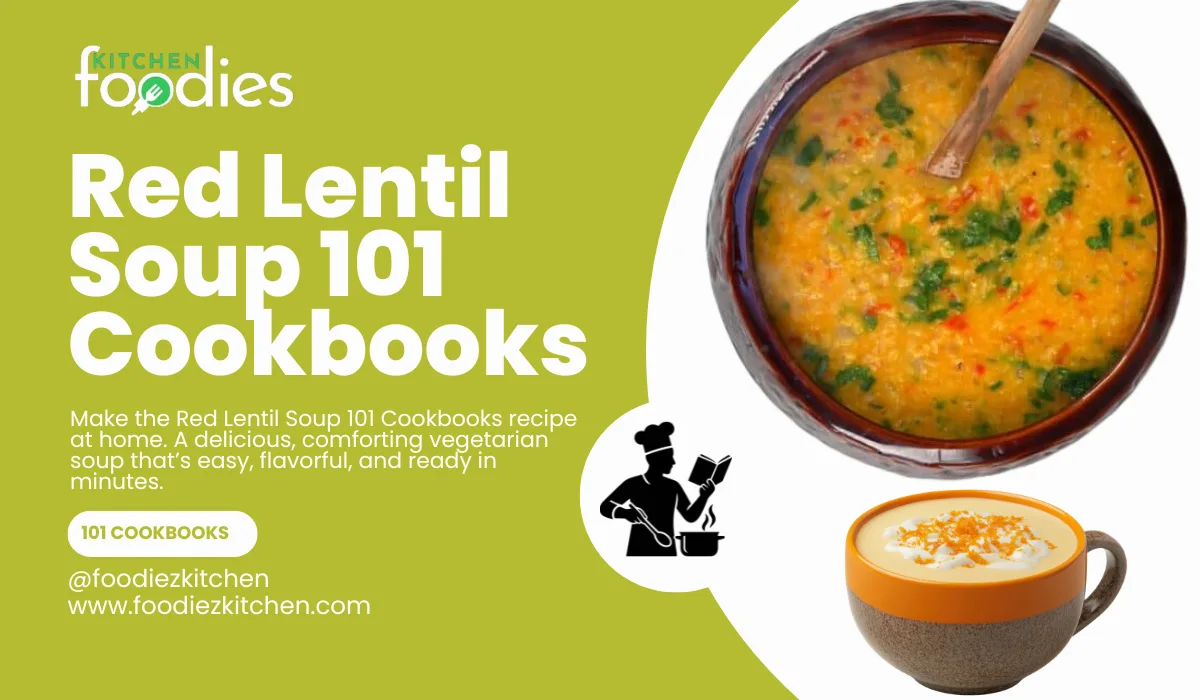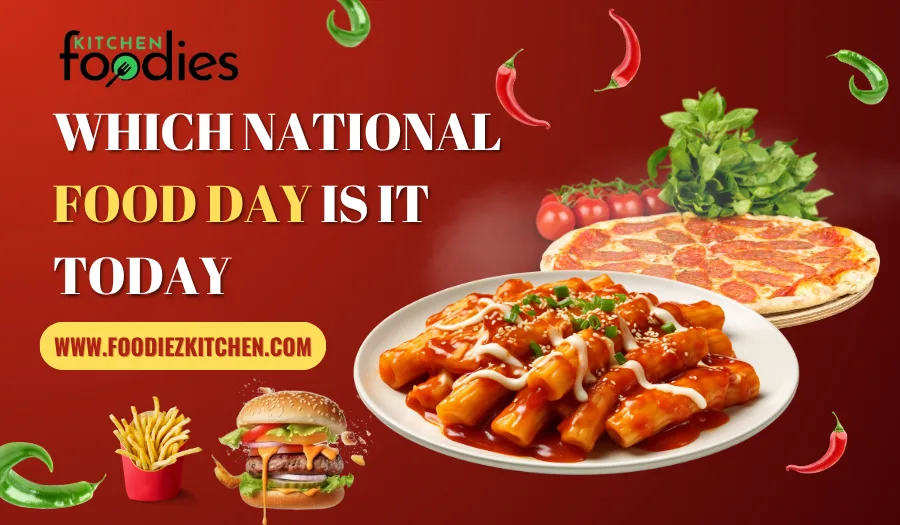Poha, a staple in many Indian pantries, is rice that’s parboiled, flattened, and dried. White, flat, and similar in looks to cornflakes, poha, which comes in thick and thin varieties, is tasteless. But grains of thick poha, when hydrated, become fluffy and absorbent, qualities that lend well to, well, pohe or poha, the eponymous name of a hot breakfast dish popular in Western and Central India.
Thin poha, on the other hand, are dry-roasted or deep-fried for chivda, a beloved dry snack with countless varieties. Chivda is cooked in homes for Diwali, sold on handcarts by small vendors, or packaged in attention-grabbing vacuum-sealed bags by processed food companies throughout the country.
In the eastern states of Assam and Odisha, thick poha is served with yogurt or milk and sweetened with jaggery, sugar, or banana. In West Bengal, another eastern state, a savory preparation called chirer polao, which is loaded with vegetables, is common.
Any discussion about poha is incomplete, however, without mention of Indori poha, a sweet and spicy dish from Indore, a city in the central state of Madhya Pradesh. The real draw of the Indori poha is the eye-popping toppings: Diced onions, tomatoes, roasted peanuts, lime juice, and cilantro are followed by pepper and clove-spiced sev, pomegranate seeds, and boondi, deep-fried chickpea flour balls the size of corn kernels. It’s a feast of flavors and textures.
And in my house, there’s no need to even ask what we should have for breakfast. The answer is always poha, by which my husband means kande pohe. Kande pohe is a savory, spicy, and cherished breakfast or snack in Maharashtra in western India, and variations abound in many states (it is India, after all). The dish consists of kande, which means “onions” in Marathi, the language of Maharashtra (where Mumbai is located), and poha. The two are cooked together in the omnipresent tadka along with peanuts, then garnished with grated coconut and chopped cilantro. Last week I timed myself making it—from getting the poha out of the pantry to chopping the onions to plating, the recipe clocked in at a cool 21 minutes.
Kande pohe also has deep cultural significance. In Maharashtra, when a boy and girl meet with the prospect of marriage in mind, protocol dictates that kande pohe and tea must be served. Over the years, this juxtaposition has become so tight that this meeting itself is called kande pohe. Some even muse that if kande pohe had not been invented, this state would have no weddings. Suffice to say, Maharashtrians love their kande pohe. (There is even a hit song titled “kande pohe” from a popular Marathi movie, equating kande pohe to vicissitudes of life.)
A quick, easy, hot dish that requires only pantry ingredients, kande pohe is a favorite of hosts, a throwback to the days when it was not uncommon for guests to drop in without prior notice. By the time the initial chitchat was over, piping hot poha, with a visually delightful garnish of fresh grated coconut and cilantro, would be served amid oohs and aahs (alongside steaming tea).
This is how you make it:
Pour 1½ cups thick poha into a colander and run poha under water, making sure all of the poha get wet. This is the only tricky part of the recipe—you want to make sure every grain is soft, fluffy, and distinct. (Don’t be tempted to use thin poha: When thin poha is hydrated, it turns into soggy mush.)
Let the water drain from the colander completely, then set the poha aside to hydrate. After five minutes, if you find that the soaked poha are not soft and fluffy, splash them generously with water and set aside for another 10 minutes. (This may happen if the poha is too old.)








